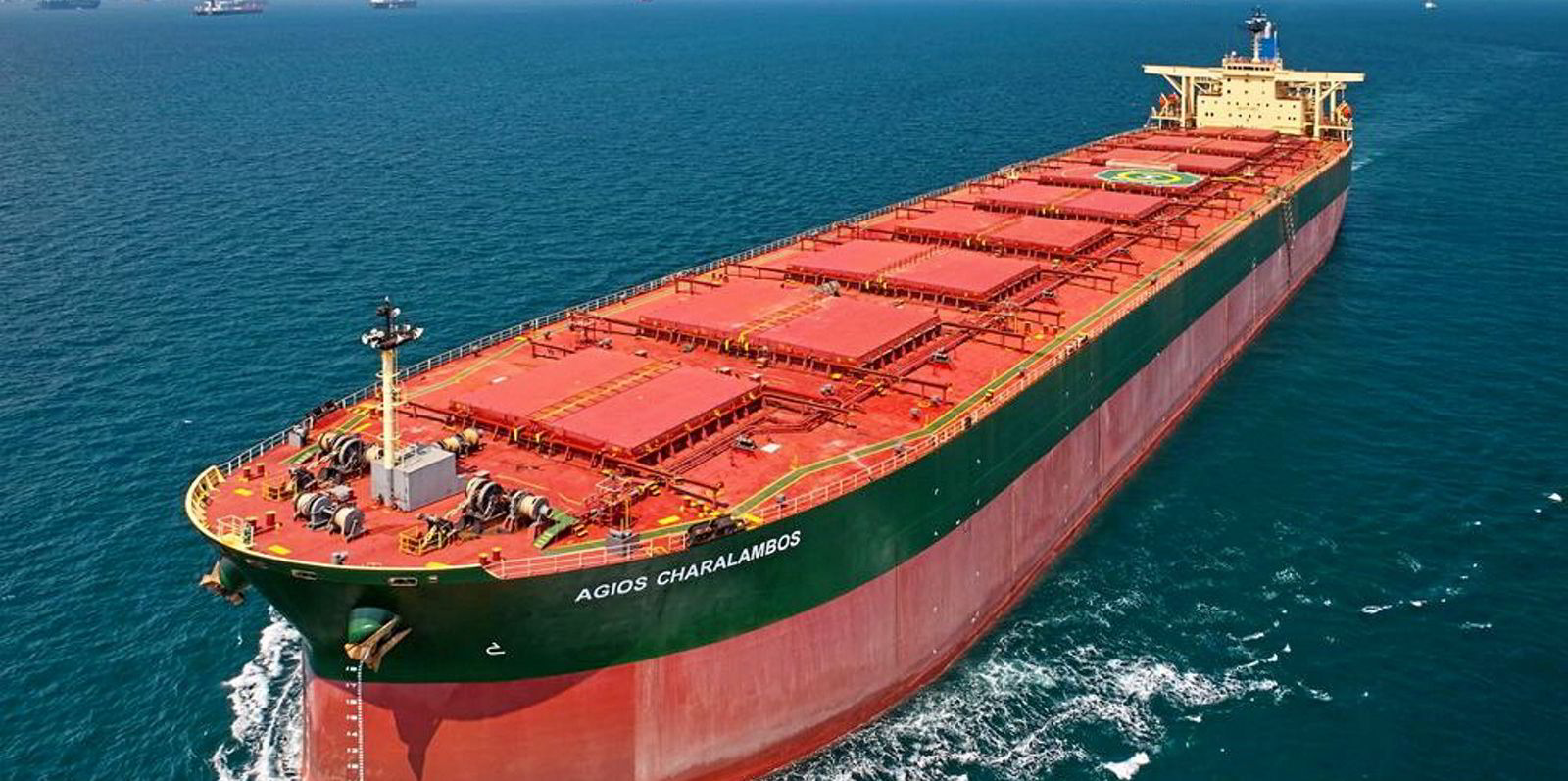Spot rates for capesize bulkers dropped further on Wednesday as China’s hurting real-estate industry continues to put the brakes on turning iron ore into steel for buildings.
The Baltic Exchange’s Capesize 5TC, a spot-rate average across five benchmark routes, declined 14.7% during the day to reach $5,636 per day, its lowest point in more than two years, when it came in at $6,177 per day on 4 June 2020.
“Capesize rates are down again after a bump upwards yesterday with softer iron ore activity continuing to impact overall demand,” Jefferies analyst Omar Nokta wrote in a note on Wednesday.
The C10 roundtrip voyage, which is used mostly to carry iron ore to China from Australia, saw the day’s biggest average spot rate drop among the five key routes, sliding 16.3% on Wednesday to $6,855 per day.
The C14 roundtrip that primarily ships the commodity from Brazil to China slipped 13.6% on Wednesday to $5,135 per day.
The World Steel Association has reported that global crude steel production for July declined 6.4% compared to the same month of last year.
That contributed to a 5.4% slump for the first seven months of the year, against the same period of 2021, Nokta said.
China, which produces 55% of the world’s total amount, saw its steel output slump 6.4% last month, compared to July 2021. The figures showed the same rate of decline for the first seven months of 2022.
The country’s demand for iron ore has fallen significantly since last year as a result of an unprecedented debt and mortgage crisis that hit the real-estate sector after the government called on property developers to pay down loans.
Evergrande, the country’s largest developer, is facing $300bn in debt alone while homebuyers refuse to pay mortgages on homes that it has yet to build.
China is expected to issue more economic stimulus to jumpstart an economy that has been hurt by real-estate woes and Covid lockdowns, but capesize rates have plummeted regardless due to market uncertainty.
The 5TC has dropped 77% since late July, 85% since late May and 94% from an historic high of almost $87,000 per day in late October of last year.
But the capesize futures market also slumped on Wednesday, though forward curve still pointed to higher spot rates in the months ahead.
Front-month forward freight agreements (FFAs) priced at $10,500 per day, after losing $1,032 per day during the day.
October contracts slipped 5.4% on Wednesday to $15,546 per day, while November contracts lost $500 per day to land at $16,429 per day.






